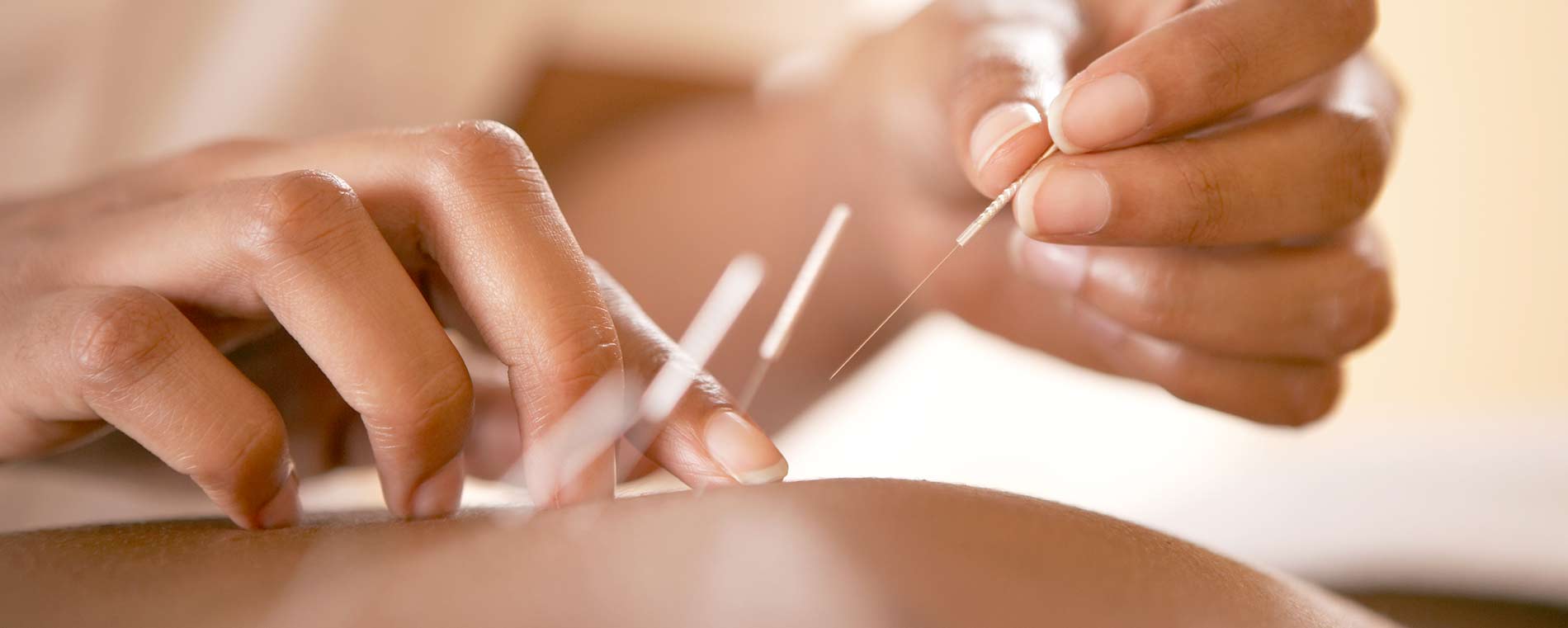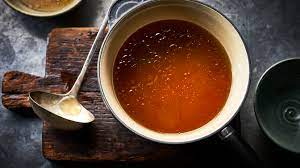by Suzanne Wilson, Naturopath.
 Society reminds us that we need to look younger with the latest scientifically proven anti-aging product. It tells us that if we eat chocolate we will get pimples and if we have a rash to use some corticosteroid cream on it and hope for it to never return. Is there any truth to this? What really works for the skin health? I have asked myself this question many times as I have suffered from teenage acne, eczema and know the devastating effects it can have on your self esteem.
Society reminds us that we need to look younger with the latest scientifically proven anti-aging product. It tells us that if we eat chocolate we will get pimples and if we have a rash to use some corticosteroid cream on it and hope for it to never return. Is there any truth to this? What really works for the skin health? I have asked myself this question many times as I have suffered from teenage acne, eczema and know the devastating effects it can have on your self esteem.
The skin is the largest organ of the human body, and is responsible for many functions including barrier protection, immune defence, insulation and temperature regulation. I quickly learned through Naturopathic teachings that the skin has a complex interplay with the immune, blood, hormonal and nervous system. Many skin conditions go beyond the outer surface but are related deep within the immune system or other bodily system such as detoxification. However, disruption to bodily systems that impact on skin health may occur for a variety of reasons including environmental, exposure to chemicals, dietary influences, emotional stress or possible diagnosable pathology such as food intolerances. From a naturopathic perspective, the management of skin conditions requires an investigative approach to identify the underlying cause of imbalance in the body.
The naturopath will draw upon ‘evidence-based clinical’ and ‘traditional’ diagnostic techniques in search for the cause to skin conditions. For example, pathological testing of the blood allows the naturopath to determine potential dysfunction of particular organs or nutritional deficiencies that maybe contributing to poor skin health. Whilst traditional naturopathic techniques such as humoral theory used by Hippocrates in the 5th century BC looks at individual constitution based on four humours; blood, phlegm, yellow and black bile. If you are “choleric” (hot-dry) constitution you are likely to suffer from psoriasis and anxiety whilst a “sanguine” (hot-damp) constitution will have weepy eczema and fatty liver. Once the constitution is determined the treatment is related to either cooling or warming the systems with herbs that have warming/cooling properties. Other traditional diagnostic techniques used by Naturopath’s include iridology that looks into individual irises to determine predispositions for skin conditions such as neuro-lymphatic constitution reflecting congestion and inflammation of the immune system. The naturopath will also look for signs of nutritional deficiencies by palpation. Simply feeling for dry, rough skin (Perifollicular hyperkeratosis) on the lateral aspects of the upper arms and thighs indicates possible nutritional deficiencies in vitamin A, B complex, essential fatty acids and vitamin C.
The skin in naturopathic medicine is also traditionally viewed as the ‘third elimination organ’, a dynamic entity that can both eliminate and absorb toxins or other pharmacologically active agents. Managing these processes has always been a core goal of the naturopathic treatment of skin disease and other conditions that require the elimination of pathogens or metabolic waste.
Clearly, skin health goes beyond the outer surface but deep within bodily systems. The skin is a complex system involving many other bodily processes. A multifaceted naturopathic treatment approach is required for the proper management of individuals with skin conditions. The naturopath must take into consideration the underlying causative factors and support the client through the use of nutritional supplements, herbal remedies, dietary advice and psychological support. In regards to my skin health it has been a journey and I still get the occasional blemish. Through investigations I learned my skin health was affected by early exposure to cow milk, nutritional deficiencies, hormonal, immune and stress. Evidently skin health for me is not simplistic although, I have to support all four bodily systems through the use of herbal, nutritional supplements and follow a diet that is free of food intolerances.
P.S. My favourite application for blemishes is tea tree oil. Actually I use tea tree oil for any bacterial, fungal, wound or viral skin condition. Tea tree oil was traditionally used by Australian Aborigines and placed in the ration packs of Australian soldiers during World War II to combat infectious skin diseases (Wardle & Sarris 2010 & Chevallier 2001).









